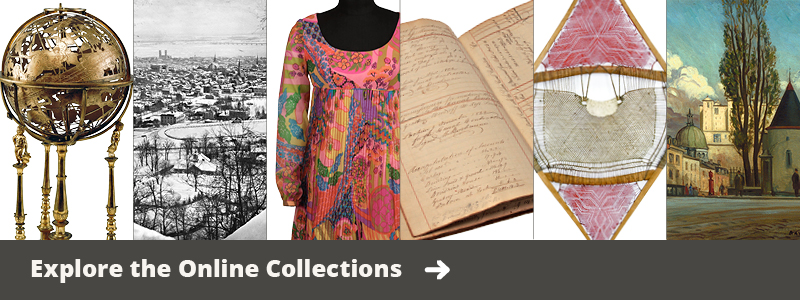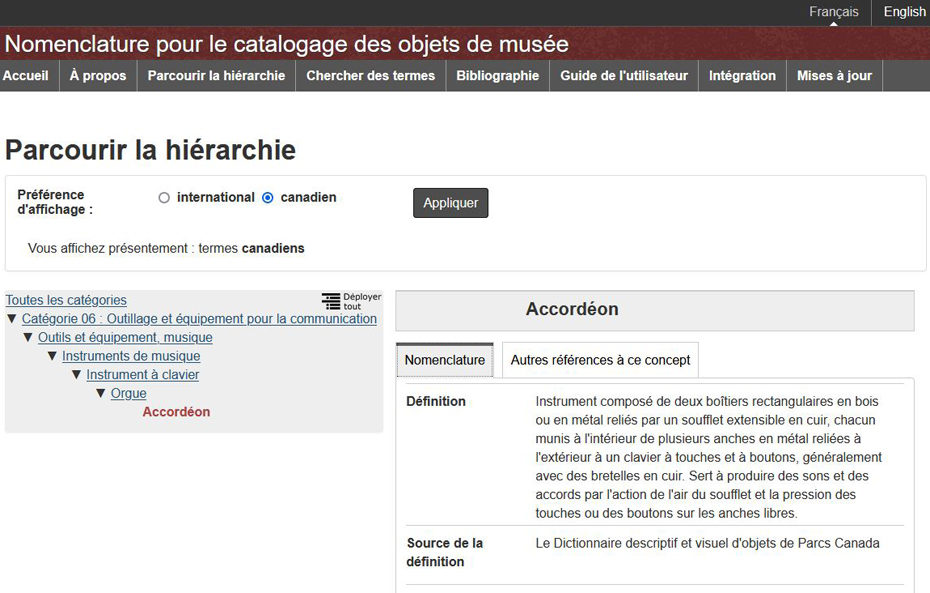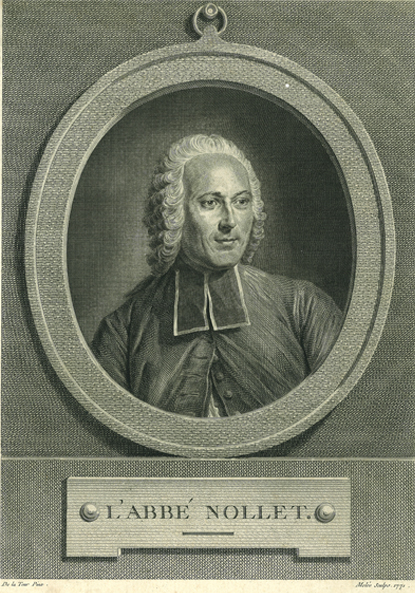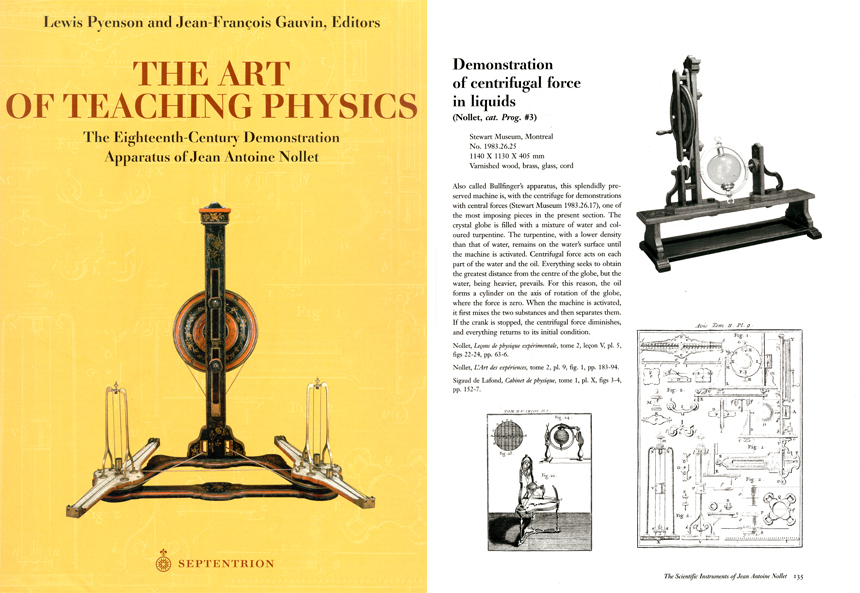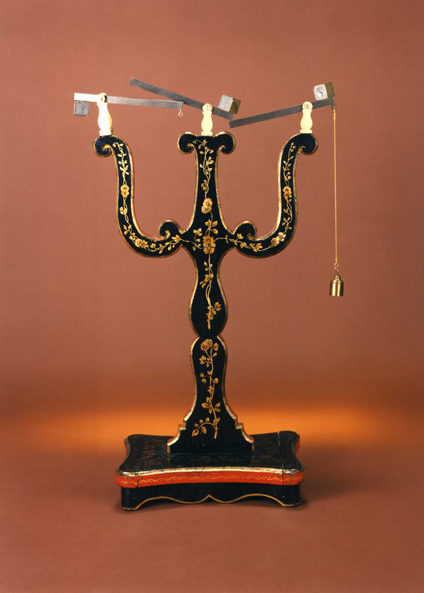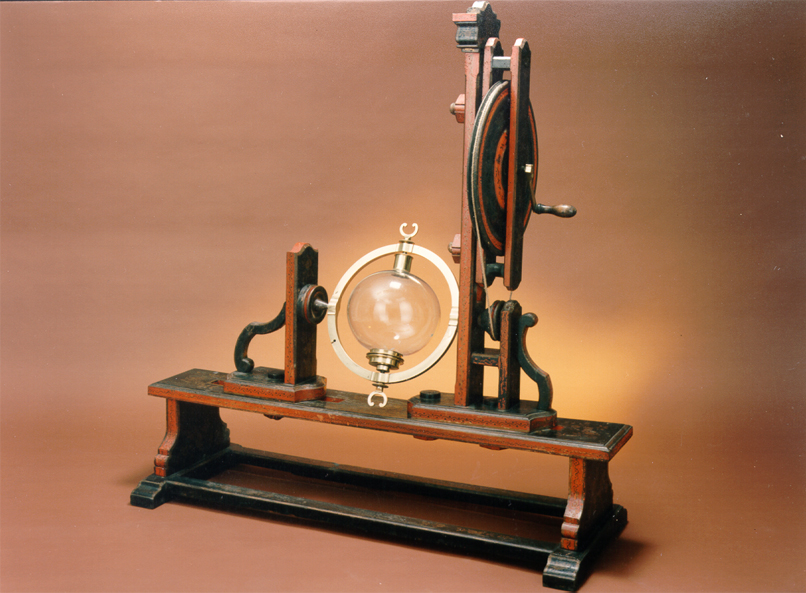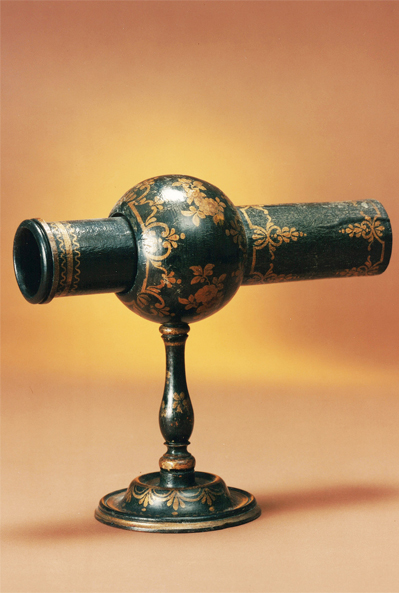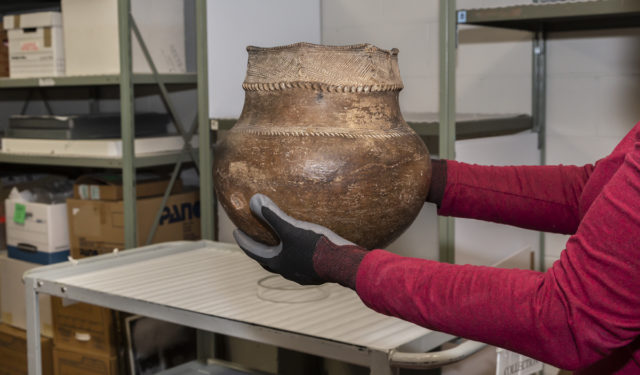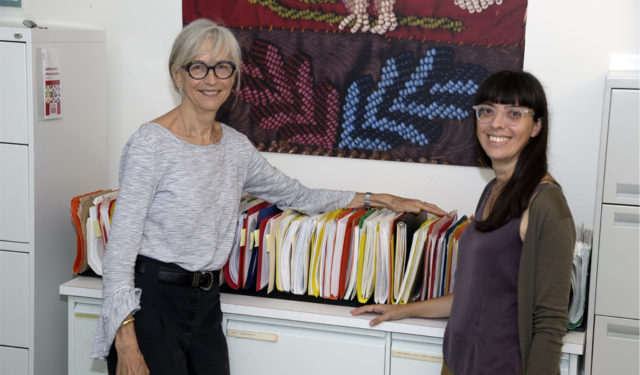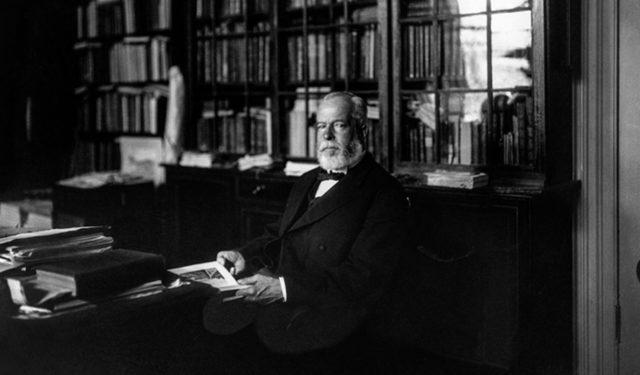“What’s that called?” – A terminology standardization project
A redesign of the Online Collections section required that thousands of object names be edited and translated—a monumental undertaking!
May 26, 2022
Having worked on it for over a year, the McCord Museum is ready to launch an enhanced version of its Website’s Online Collections section. This large-scale project enabled the Museum to integrate its collections management software, The Museum System (TMS), with eMuseum, a Web-based application that will now be used to publish the Museum’s works online.
Helpful to both researchers and the McCord Museum team, this change will optimize online searches while increasing efficiency when museum data are added or edited.
Although validating terms may appear very simple from the outside, it is a long, meticulous process that involves several stages and input from multiple Museum staff members.
The first step was to use TMS to extract lists of objects for each corpus under study. Taking the form of very long Excel tables—sometimes containing over 7,000 lines—these lists were used to record the preferred classification system and object terms suggested by Nomenclature, the standard thesaurus used by the McCord team.
The first review was conducted by cataloguer Geneviève Déziel, and the second by the curator in charge of the collection in question. This was followed by a discussion of the most problematic cases to ensure that the terms chosen not only complied with museum standards, but also with the vocabulary already used in the McCord’s collections. The information was then forwarded to Christian Vachon, Head, Collections Management, so that he could incorporate the final terms into TMS for the Online Collections section.
Some case studies from the Stewart Museum's scientific collection
Selecting appropriate names for objects can be somewhat challenging, particularly when little is known about an object or, inversely, when it has more than one function but must be catalogued in a single location in a thesaurus. The curators’ contributions to the standardization process were especially important because they are familiar with the most commonly used terms for specific objects. As Geneviève Déziel notes, Just because a term is approved in a thesaurus does not mean it is necessarily the most commonly used in the literature.
In the end, every effort was made to respect the integrity of the object and its culture of origin, and to make it easy to find in a search. After all, the goal of making our collections available online is to ensure that people can find the artefacts, adds Geneviève.
The first corpus to be processed for the standardization project was the Stewart Museum’s collection of scientific objects, which is now preserved in the McCord Museum’s vaults. Since the objects were originally catalogued in French, the names had to be edited and translated into English. The list included a number of instruments invented by Jean Antoine Nollet.
Born in 1700 in the French village of Pimprez, Nollet devoted most of his career to researching and teaching scientific concepts. Recognized notably for his many lectures and book on the teaching of experimental physics (Leçons de physique expérimentale), which was published in several volumes between 1743 and 1764, he designed, working alone or with the help of artisans, over 350 unique instruments to demonstrate specific principles of physics to his audiences.
When the process of reviewing the terminology began, the database did not yet contain any photographs of Nollet’s instruments. Furthermore, because of the pandemic, it was difficult to find out what they looked like because of the limited access to the Museum’s collections and archives. TMS was the only source of information about the objects. Taken from an inventory of Nollet’s devices, this information provided a lot of detail about how the machines operated. However, without a scientific background, it was difficult to fully understand what the objects were used for, since they are so unique. Geneviève recalls some of the problems she faced.
I am not a scientist, so I needed to do a lot of research just to determine the field of study associated with the object. If I couldn’t give it a meaningful name, I had to at least ensure that the classification would provide information about the object.
For example, one of the objects in the collection was named, “Apparatus to study the multiplication of levers.” Although its name did seem to accurately reflect its function, it had to be replaced with a shorter, more generic designation to make it accessible to the general public. In the absence of an informed understanding of the object, those involved opted for the name “Mechanics study apparatus,” a term that, in fact, accurately represents its use and associated scientific discipline.
In the case of an object previously called “Apparatus to study liquid centrifugal force,” the term chosen—”Centrifuge”—relates more to its mechanical operation. Finally, an object that was known as “Artificial eye” was renamed “Instructional model” to highlight its use as a teaching tool. Of course, these names can always be modified in the future if additional research on the objects helps us find more appropriate designations.
Working as a team, project participants were able to find names that respect museum standards while reflecting the function of the objects in the collection. However, the collaborative work did not stop there: since Nomenclature is a collective thesaurus, populated by thousands of researchers from various institutions across North America, the Museum will be submitting a bank of nearly 300 new terms and edits to the Nomenclature Committee following this first stage of the standardization project.
Several months after the names were changed, a quick search of the archives located images of these mysterious devices from the Stewart Museum’s collection. Even when brought to light, these magnificent objects still arouse curiosity!
REFERENCES
Nollet, Jean-Antoine, (7th ed., 6 v.), Paris, Durand: 1784.
Pyenson, Lewis and Jean-François Gauvin (eds.), The Art of Teaching Physics: The Eighteenth-Century Demonstration Apparatus of Jean Antoine Nollet, Sillery, Septentrion: 2002, 218 p.

